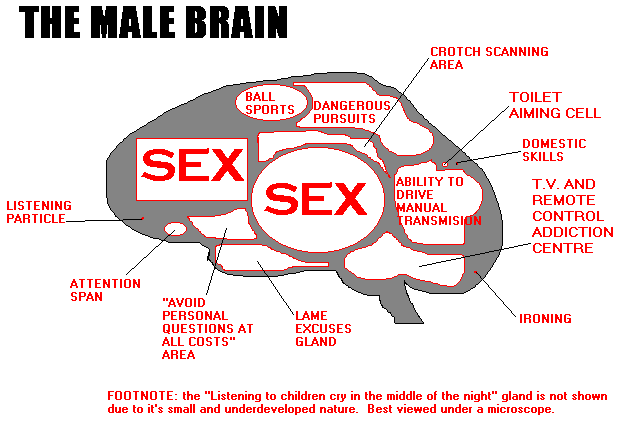Ken Rosen, Chair of the Fisher School For Urban Economics over at UC Berkeley, has good news for San Francisco home owners. “The recent rise in home prices and sales activity lead us to believe that the worst part of the correction in home prices is behind us and that housing market conditions are showing signs of improvement.”
This report, based on June results, is the first of what will be a monthly analysis of the San Francisco real estate market undertaken by The Rosen Consulting Group on behalf of The San Francisco Association of Realtors. You can download it here.
I’m a big fan of Rosen. I listen to him speak once or twice a year at a real estate symposium put on by the Fisher School; he and others bring a level of sophistication and breadth of view to the analysis of the real estate market that is hard to find when we are toiling in our own back yards. I blogged on his predictions about the market in a couple of posts entitled The View From Space at the end of last year. Does that mean you won’t be needing me to crunch the numbers any more, gentle reader? Not necessarily: I believe the report miscalculated the median year-over-year price change for single family homes from June 08 to 09. Rosen says it’s 6.8% down. SFAR’s own numbers put it at 4.9%. (I have us down 5.7%: some discrepancies, alas, are inevitable — a result of delays in agents and brokers putting “sold” information into the MLS system from which all this data is derived.) Anyway, I’ve notified SFAR — we’ll see what happens. Besides, I’ll continue to try to get as fine-grained as I can in my analyses. Rosen is a big picture guy.
Quibbles notwithstanding, Rosen makes some interesting points and one of them has caused me to rethink a previous post of mine.
His report points out that nearly a quarter of active and closed sales in June were in District 10, which encompasses “distressed” areas like the Bayview and Hunters Point. Back in May, I argued against the commonly-heard thesis that District 10, along with District 3, were dragging down values in the city as a whole. My chart showed that the City taken as a whole was about as far off its all-time high as Districts 3 and 10 were off of theirs. Well, I was right. And wrong.
It turns out that both statements are true: Districts 3 and 10 were doing no worse than the city as a whole in terms of where they were relative to their all-time highs. But it’s also true that the high volume of low-priced sales in those districts, combined with many fewer sales at the top end of the market, did pull down the median value for the City as a whole. How did I miss it? I didn’t look at the distribution of sales across the various districts. Rather, I compared the medians for each data set without looking at relative sales volumes.
Data analysis is tricky stuff. It’s easy to pick and choose your metrics to match your agenda. But it’s just as easy to miss a detail that changes the picture considerably.
Here are some more tidbits from the report:
- Despite the concentration of low-price sales in Districts 10, there has been a significant jump in sales volume in high priced Districts 5 and 7, which encompass neighborhoods like Noe Valley and the Marina.
- The large number of condos on the market from new down-town and SOMA high rise projects is continuing to put downward pressure on condo values.
- Rosen expects home prices to be soft but to continue to improve through the remainder of the year. “With for-sale inventory still at elevated levels and expectations for a continued rise in the unemployment rate through the end of this year, buyers will still have good purchasing opportunities.”
I got that part right.


If they keep saying it. They will eventually be right. Employment still going down.